A Laysan Albatross chick rests on a small derelict fishing net. | Photo Credit: NOAA Coral Reef Ecosystem Program
Ocean plastic impacts marine animals of all sizes, and causes marine life harm in three major ways: entanglement, ingestion, and toxicity. Marine animals including turtles, penguins, seabirds, whales, dolphins, seals and sea lions, manatees, otters, fish, and crustaceans have all been documented as being affected by either entanglement or ingestion of plastics (Laist 1997).
Entanglement: Larger plastics (like six-pack carriers, plastic packing materiel, netting, etc.) can easily entangle marine life, and overtime can cause harsh skin wounds, suffocation, and inability to escape predators (Gregory 1991).
Ingestion: Many marine vertebrates have a consistent record of consuming plastics in the ocean (Gregory 2009). Sometimes plastic bags are mistaken for jellyfish, other times plastic pellets are consumed by fish, and moved up the food chain when birds, seals, and other predators eat those fish (Gregory 2009). Seabirds have a very well documented history of plastic ingestion (Laist 1997). To grasp just how much plastic is consumed by sea life, refer to the case study below.
Toxicity: Toxicity can go hand in hand with ingestion. There are certain types of pollutants that can be absorbed by living things, these are called "persistent organic pollutants" (Eriksen et. al. 2014). These pollutants are either present in plastics from manufacturing or absorbed from the environment and transferred to the tissues of animals through ingestion (Teuten et al 2009). The accumulation of these harmful chemicals, and their negative impacts has been observed in different types of marine life (Tanaka et al 2013, Wright et al 2013).


